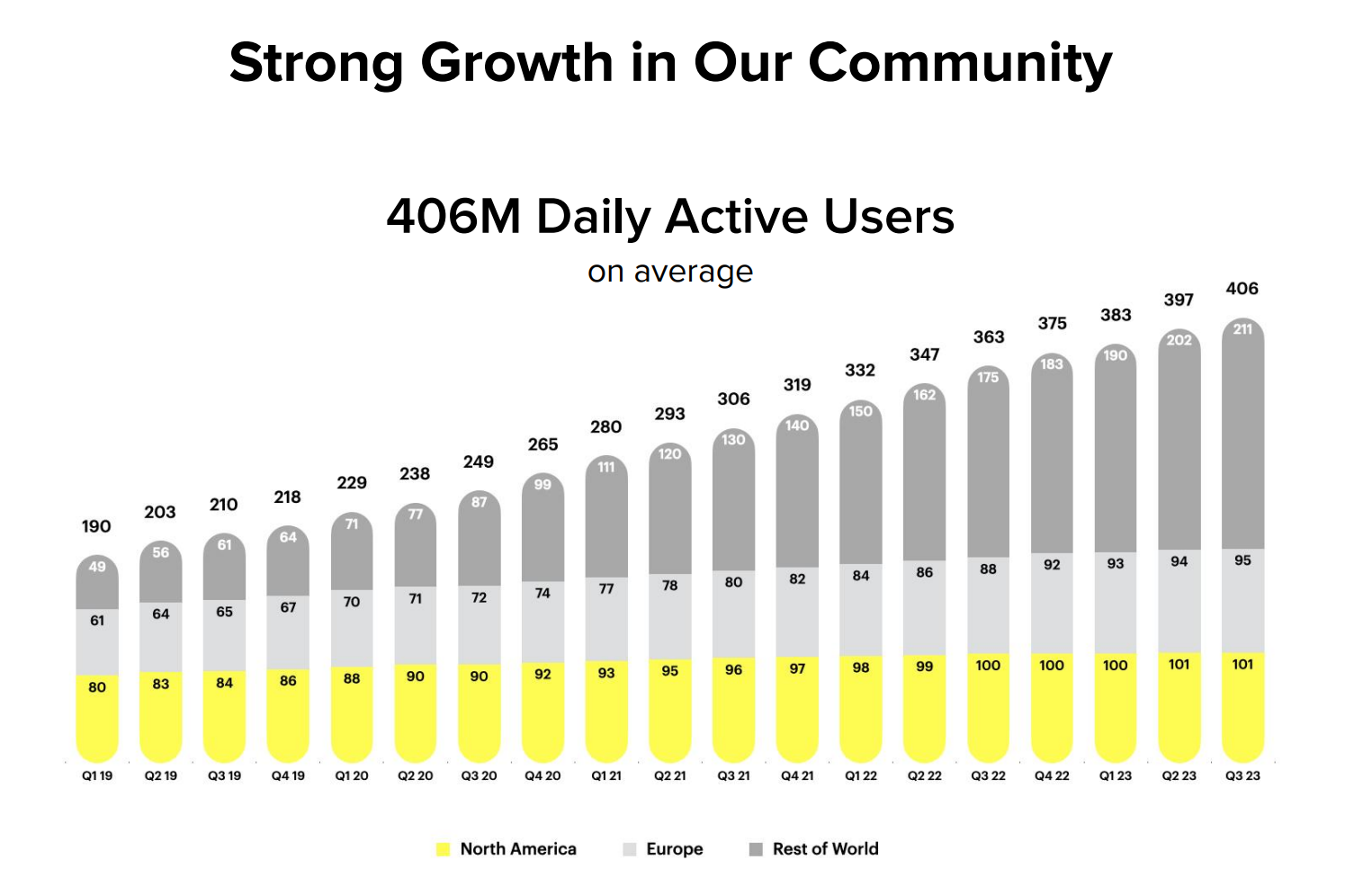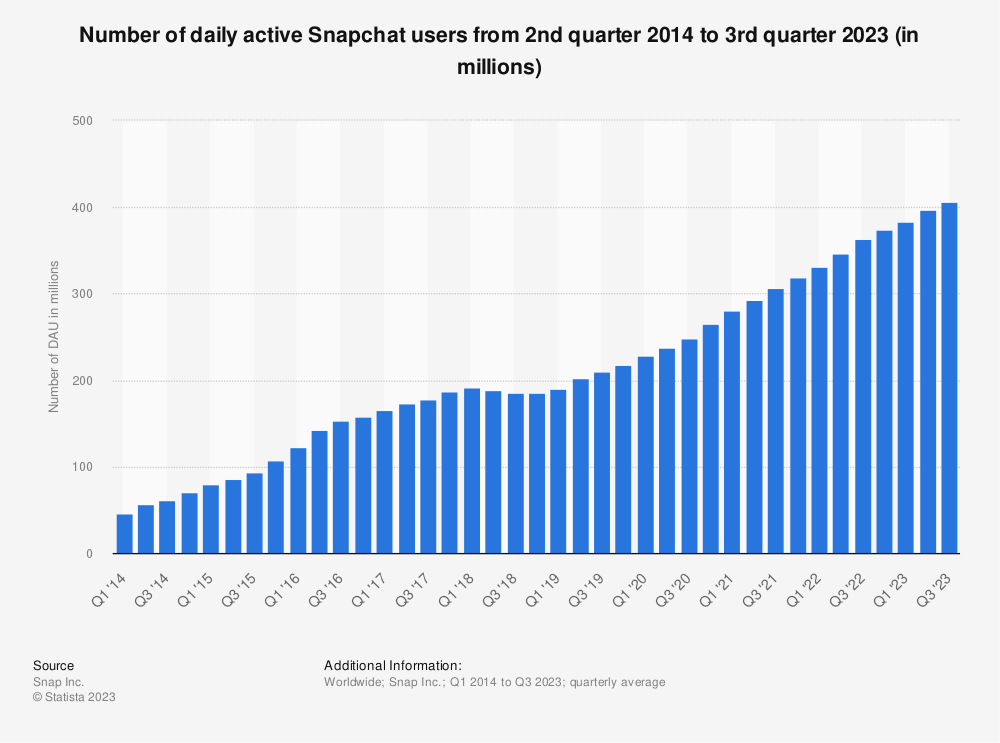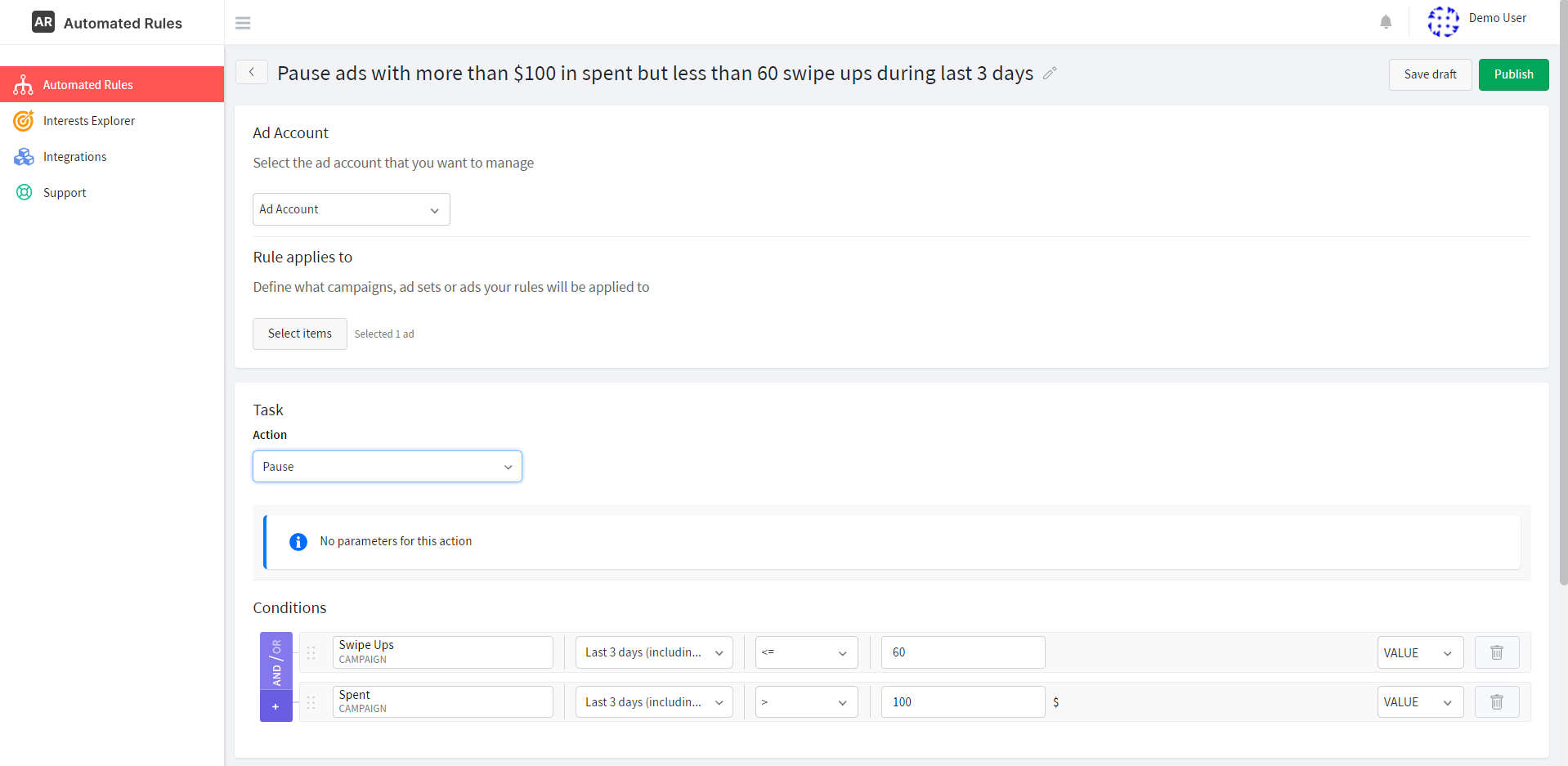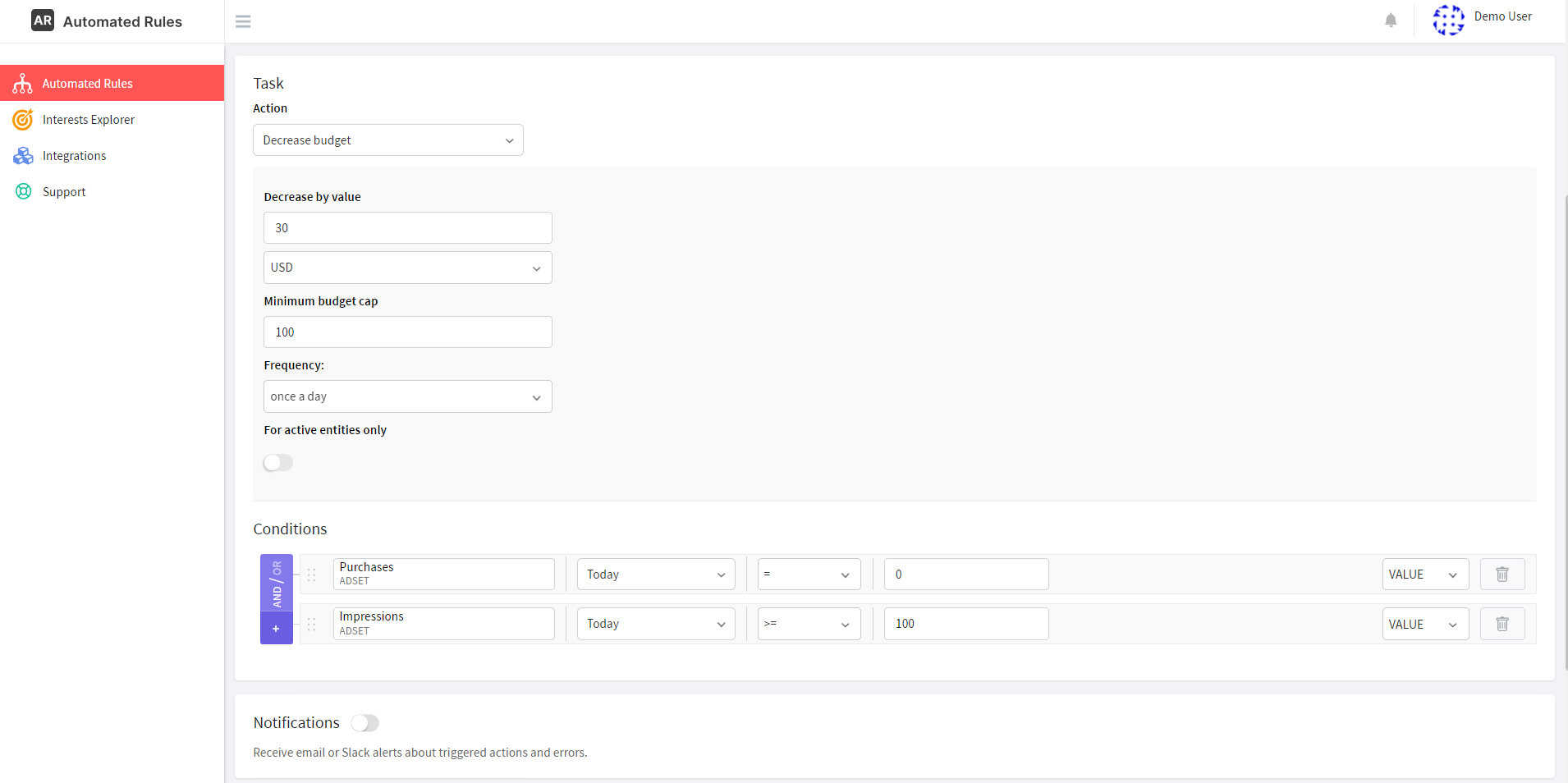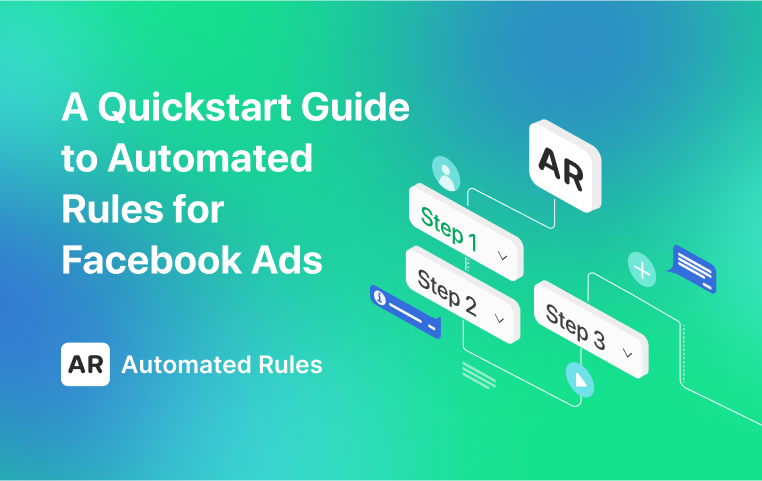Mastering Snapchat Ads Automation: The Why and How of Automating Snapchat Ads
December 6, 2023
Unlock the future of Snapchat Ads with our guide to automation basics, ensuring unparalleled success and ads evolution in one comprehensive read.
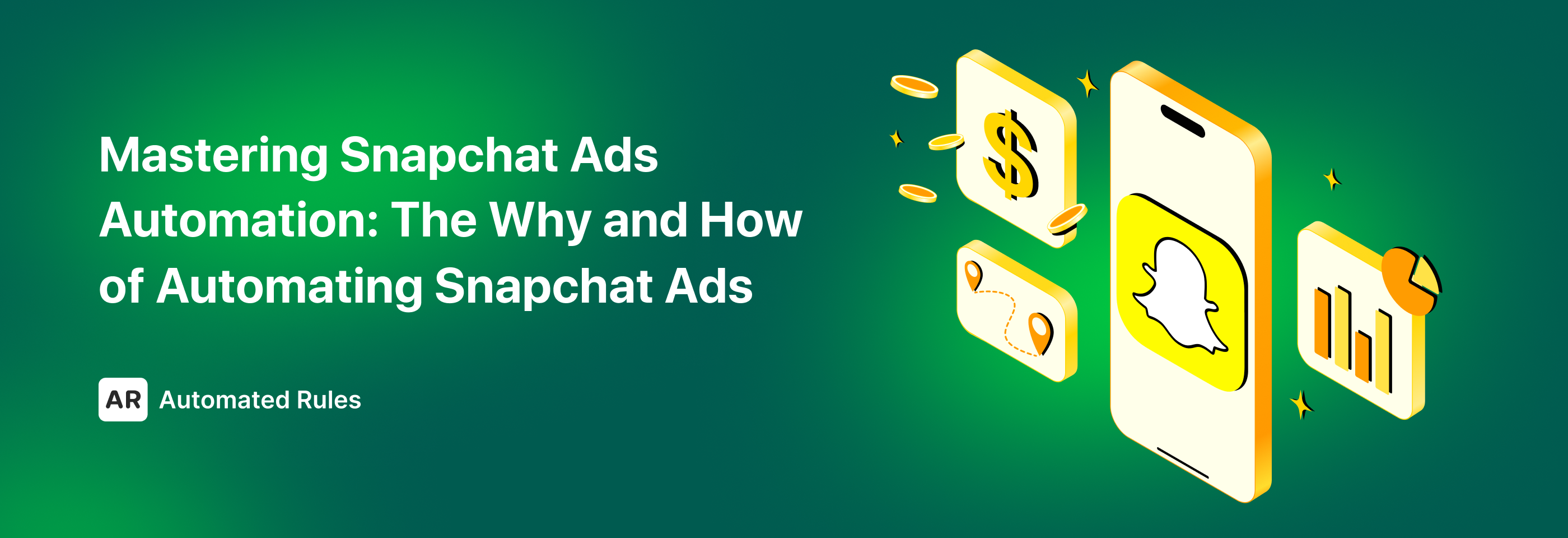
What are Snapchat ads and why you need them
Snapchat, a multimedia instant messaging app released in 2011, is a true trailblazer in the world of social media. It introduced the world to the concept of disappearing content and pioneered the Stories format before Instagram, was among the first platforms to push for Augmented Reality filters, and popularized the prevailing form of communication today, i.e. communication through images.
While Snapchat was not always the first to introduce specific features, it has often been a trendsetter, influencing the evolution of social media platforms and shaping user expectations for content creation and communication.
But does Snapchat still hold its popularity and the reputation of an innovator in 2023/2024? And most importantly, is it as relevant for advertisers as other popular social media platforms?
According to statistics from the recent Snap Inc.’s investor presentation, the platform boasts more than 750 million monthly users and 406 million daily active users (DAUs), which is pretty impressive.
A good portion of these users are from outside Europe and the US, making Snapchat an attractive platform for many businesses seeking to explore new markets (especially considering it also supports more than 40 languages).
Moreover, the platform reaches a large percentage (75-90%) of young people from 13- to 34-year-olds in many countries, making it a serious contender for the spot among the favorites of younger demographics.
As statistics show, the number of Snapchat users has been steadily growing since 2014. Source: Statista
While Snapchat may not boast the same success rates as Facebook, Instagram, TikTok, and other popular platforms, it still retains its place among the top social apps in the world. As it has been underappreciated by advertisers who prefer spending their ad budgets elsewhere, Snapchat can become a good place for businesses that seek to differentiate themselves from their competitors and tap into yet unexplored markets.
If that doesn’t sound convincing enough, let’s delve deeper into the specific benefits of including Snapchat in your advertising strategy.
Benefit #1 – Authenticity and interaction
Platforms like Facebook, Instagram, TikTok, YouTube, etc. might be the brands’ favorites, which places Snapchat lower down on the list of priorities for most advertisers. But this also means that the competition for the customers’ attention can be lower here than on other popular platforms, and depending on your niche, it can be a perfect opportunity to leverage this to your benefit.
Benefit #2 – Authenticity and interaction
It’s undeniable that the social media platforms of today are moving in the direction of creating more authentic and interactive forms of connection, seeking to create a viable alternative to in-real-life communication which becomes increasingly hard in our atomized societies.
Snapchat is one of the clearest examples of this trend, with its focus on 1-to-1 connections that satisfy our desire for authenticity. The platform’s users value self-expression and genuine experiences that can be shared with others, and if your goal is to foster deep connections with your customer base, Snapchat might be a great place to do so.

Source: Snapchat for Business
However, keep in mind that the content of your ads should be relevant to your audience – you don’t want people to feel like they’re being spammed by your brand.
If you put enough effort into crafting ad campaigns that bring users’ attention to what’s relevant to them (e.g. a product or a service that they’re likely to need or be interested in), you’ll increase the chances of getting actually good results (and not just clicks and impressions that don’t lead anywhere).
Benefit #3 – Authenticity and interaction
Augmented reality (AR for short) is on its way to becoming one of the most important trends in the world of marketing and advertising for a reason: it allows businesses to increase conversions and reduce returns and provides consumers with the opportunity to check the products’ quality and try them on without leaving their homes.
AR is predicted to play a very important role in the future of e-commerce, and social platforms that provide shopping features are gradually catching up on that. Snapchat takes this very seriously: it is one of the first adopters of AR features for social shopping, and its users are very active in using augmented reality (over 250 million DAUs engage with it every day, which is more than half of all DAUs).
Snapchat offers several useful AR features for E-commerce businesses:
- AR Shopping Lenses, which is an ad format that allows you to present multiple products from your Product Catalog in a single Lens. Users can try on your products which makes the purchasing decision a lot easier;
- Dress Up, which is a dedicated space available in Lens Explorer and AR Bar for AR-enabled shopping and fashion try-ons;
- Camera Kit, which allows businesses to create and deliver AR experiences on their websites and apps, i.e. outside of Snapchat.
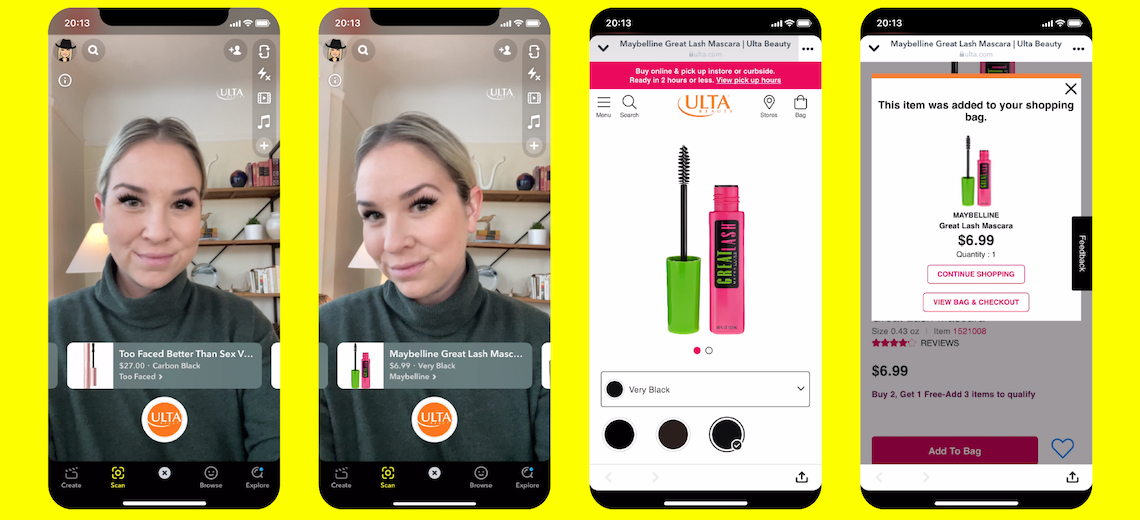
Source: Glossy
Moreover, Snapchat’s AR image processing technology provides businesses with the opportunity to transform their existing product photography into assets for AR try-on Lens experiences. With the help of Snap’s 3D Asset Manager, businesses can request, approve, and optimize 3D models for any product in their catalogs
Snapchat, which has already started using generative AI for its AR Lenses, has also recently announced that the platform will soon use ChatGPT to enhance the platform’s AR experiences as well. This only goes to show that Snapchat has not only joined the platforms’ race to leverage advanced technologies for providing cutting-edge experiences for their users but it has pretty serious stakes in the game.
Benefit #4 – Potential for promoting local businesses
One of the main perks of using Snapchat as a marketing channel is the ability to promote local businesses. First of all, Snapchat provides location-based targeting: with the Promote Local Place objective in Ads Manager, businesses can target Snapchat users (who are, by the way, more likely than non-Snapchatter to support local brands) from their vicinity, increasing foot traffic to their real-life locations.

Source: Esquire
Besides local advertising, there’s also an opportunity for brands to get discovered organically – they just have to claim their business locations on Snap Map. By getting a Place Listing on Snap Map, you can help your potential customers check all the necessary information about your business (such as contact information, hours, and precise location), visit your website, make a reservation, place an order, and so on.
Snapchat is also great for sharing content on the go: during a commute, traveling, or just taking a walk outside. Geo-filters allow users to map out their routes and share them with others, creating an engaging interactive experience.
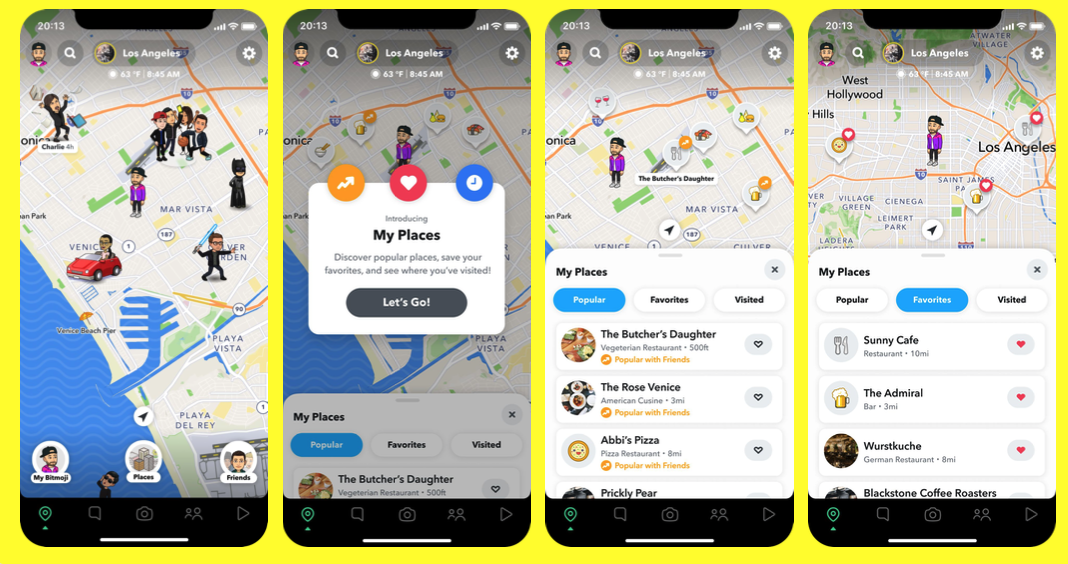
Source: Snapchat
In short, if you have a local business, Snapchat provides superb opportunities for promotion, but it’s up to you how you’ll leverage them.
Now, it’s time for the main conclusion: if your customer base consists of mostly Gen Z and Gen Alpha, if you’re promoting an E-Commerce or a local business, or if you’re looking to explore an advertising channel that is not widely used by the majority of your competitors (depending on your niche, of course), Snapchat can be your way to go.
The platform provides multiple opportunities for reaching a wide and highly engaged young audience and fostering authentic connections with it. It’s especially true during the months of November and December – it’s the holiday season, after all. User activity will skyrocket during these times as people love to share how they’re spending their holidays, what gifts they gave and received, and so on.
Keep in mind, though, that it’s all about the art of finding the balance between genuine connection and promotion. If you approach Snapchat advertising the right way, it may become a great channel for making your business more visible and driving more conversions.
Now that we covered the main reasons for exploring Snapchat ads, let’s talk about a crucial aspect of digital advertising in our modern tech-powered age – ad automation.
Why automate Snapchat ads?
If you’re ready to make Snapchat a part of your advertising strategy or it already is, you need to make sure that it generates a good revenue for your business.
This can be guaranteed by a combination of two things: good ad results (in terms of CTR, engagement, sales, etc. depending on your objective) and optimal ad costs. If you have good results but high costs, your ROI will suffer. The same is true for having low costs but poor results – ultimately, you’re not getting your money’s worth.
One of the best practices not only for Snapchat ads but digital advertising in general is monitoring your ad performance consistently and optimizing ads when it’s necessary. However, when you’re running multiple ad campaigns (and on multiple platforms in addition to that), it can be difficult.
Here’s where rules-based automation comes to the rescue. Automated rules can be incredibly useful for several reasons:
#1 Manage ad spending better
By using automated rules, you can not simply prevent overspending but also scale your ads when it’s called for.
To do the first, you can set a rule for pausing an ad or decreasing its budget if it doesn’t reach optimal performance levels. For the second, you’ll need a rule that can increase an ad’s budget by a certain amount at certain intervals if it performs well.
This simple combination can help you draw your budget from under-performers to ads that perform well, allowing for a more effective resource allocation.
#2 Save time
As many advertisers know all too well, manually monitoring and adjusting ad performance can be very consuming in terms of time and attention, which are the most valuable resources in our day and age – you don’t want to spend them on something that can be done a lot faster with the right tools at your disposal.
Automated rules allow you to automate the most repetitive ad management tasks, save time, and focus on other aspects of your advertising strategy. Thus, you can work smarter, not harder, and do more interesting things (like working on writing killer ad copies and designing eye-catching visuals) while algorithms handle the boring stuff.
#3 Track and optimize ad performance efficiently
The basic principle of how automated rules work is this: you choose what action is going to happen to your ads based on predefined conditions, which essentially set the thresholds or benchmarks for ad performance within a specific timeframe. If performance deviates from the desired targets, the rules can trigger adjustments to bring the campaign back on track.
Ad performance is measured through various metrics that show either the results your ads have achieved (like a specific CTR or the number of conversions) or how much they cost you (like the CPC or the overall budget spend). You can choose the time period for checking your preferred metrics (which include your own custom metrics as well as the standard ones), which means that your rules will be based on data that is not only objective and accurate but also highly specific and tailored to your particular needs.
This allows you to optimize your ads instantly when specific thresholds are met without having to constantly check the metrics – in short, you control your ads, not the other way around.
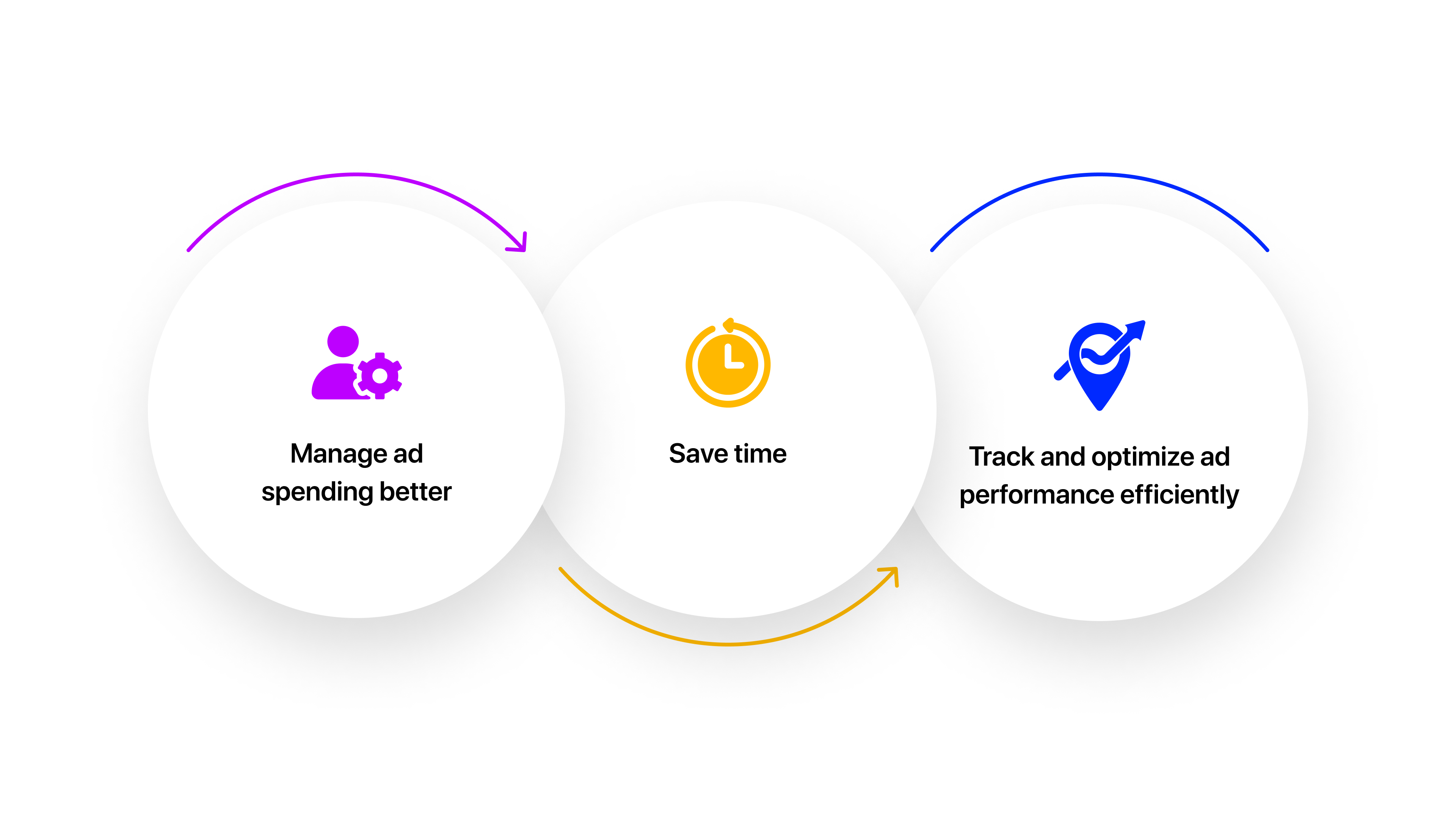
While all of these benefits sound good, keep in mind that Snapchat does not have a native automated rules feature like many other platforms do. This can make the task of automating your ad management on Snapchat a bit hard, but we have a perfect solution for you.
With our tool, AutomatedRules, you can easily create rules for managing your ad campaigns on several platforms including Snapchat in one place. If you’re ready to delve a bit deeper into the topic of ad automation and explore its possibilities, let’s learn about 3 basic automated rules that can help you manage your Snapchat ads more efficiently.
3 Essential Rules for Automating Snapchat Ads
#1 Pause underperformers
As we mentioned earlier, it’s crucial to spot when an ad’s performance declines in time to avoid overspending on it if it doesn’t deliver the expected results. When that happens, you might want to pause it for the time being while you analyze what went wrong and decide how to fix it.
Creating a rule for pausing underperforming ads or campaigns can help you with that, but it’s important to set clear performance standards for your ads – the algorithms need to ‘know’ when an ad doesn’t do well.
For example, you can set a rule for automatically pausing ads that spent more than $100 during the last 3 days including today but had less than 60 swipe-ups. Here’s how this rule will look on AutomatedRules:
In this rule, we selected 2 metrics (Swipe ups and Spent), specified their thresholds that indicate poor performance and high ad spend, chose the timeframe when the metrics will be checked, and set the action of our rule.
With this rule, we can be sure that we won’t spend too much of our budget on an ad that doesn’t show the results we’re looking for. You can customize this rule based on the specific metrics that you prefer to track and the time window for checking them to tailor it to your campaign.
#2 Decrease budgets for underperformers
When your ads are feeling a bit under the weather and their performance drops, it doesn’t always mean that the only way to fix the situation is to pause them. Sometimes, ads will perform poorly one day only to get back on track again the next one, in which case pausing them can negatively impact their results and the performance statistics provided by the platform.
Instead of pausing underperforming ads, you can decrease their budget when they’re not showing good results – this will help you prevent overspending and also give your ads the chance to prove themselves.
On AutomatedRules, we can easily set a rule that will decrease the budget for underperforming ad sets (as budgets are set on the ad set level). For example, we can decrease the budget by $30 for ad sets that had more than 100 impressions but didn’t generate a single purchase today.
If we also set the minimum budget cap, we’ll be sure that the ad set will still have a sufficient budget even if it performs poorly for several days. On the days when it performs well and generates purchases, the budget will stay the same as the day before.
#3 Increase budgets for high-performers
Besides pausing unprofitable ads to prevent overspending, we might also want to make sure that our ad budget is being allocated between different ad sets in a way that will bring us the best results in terms of ROI.
What’s the perfect rule for this situation? A rule for raising the budgets for high-performers can help us channel our resources into the most promising ad sets and scale them for even better results.
For example, we might want to scale ad sets that had more than 6 purchases during the last 3 days with the cost per purchase equal to or less than $20 and spend less than $150 during the same timeframe.
Since it’s better to scale budgets gradually to avoid confusing the algorithms, we can set the action of our rule to increase the budget by 20% once every 3 days. To avoid going above what we can afford in case our ad set continues performing well, we can set a maximum budget cap.
Here’s how this rule will look on AutomatedRules:
This rule is pretty simple but very important – it helps us scale our ad sets automatically without worrying about the potential risks of doing so: once the performance drops or we reach our budget cap, the ad set won’t be scaled anymore.
This rule can be combined with the previous rule for decreasing the ad set’s budget when it doesn’t perform well. This combination can help you kill two birds with one stone, so to speak: 1) you’re making sure that you’re not spending too much on ad sets when they don’t perform well, and 2) you’re giving them a chance to get back on the right track and scale them when they do so.
Conclusion
Now that we’ve covered these basic automated rules for Snapchat ads, it’s important to note that there are many more rules that you can use – the possibilities are numerous, and it’s up to you to choose the most suitable ones.
The success of your automation strategy will depend on how well you can tailor it to your unique situation. So, carefully assess what results you want to achieve with your ads, set your rules accordingly, and don’t forget that while automation can become your friend, you should always maintain a degree of human control over what happens to your ads.
If you’re ready to automate your Snapchat ads, consider signing up for a 30-day free trial and starting your automation journey today for better advertising results and a hassle-free ad management process.
If you need some help or have questions, book a demo with our Customer Success team or contact us for more information.
